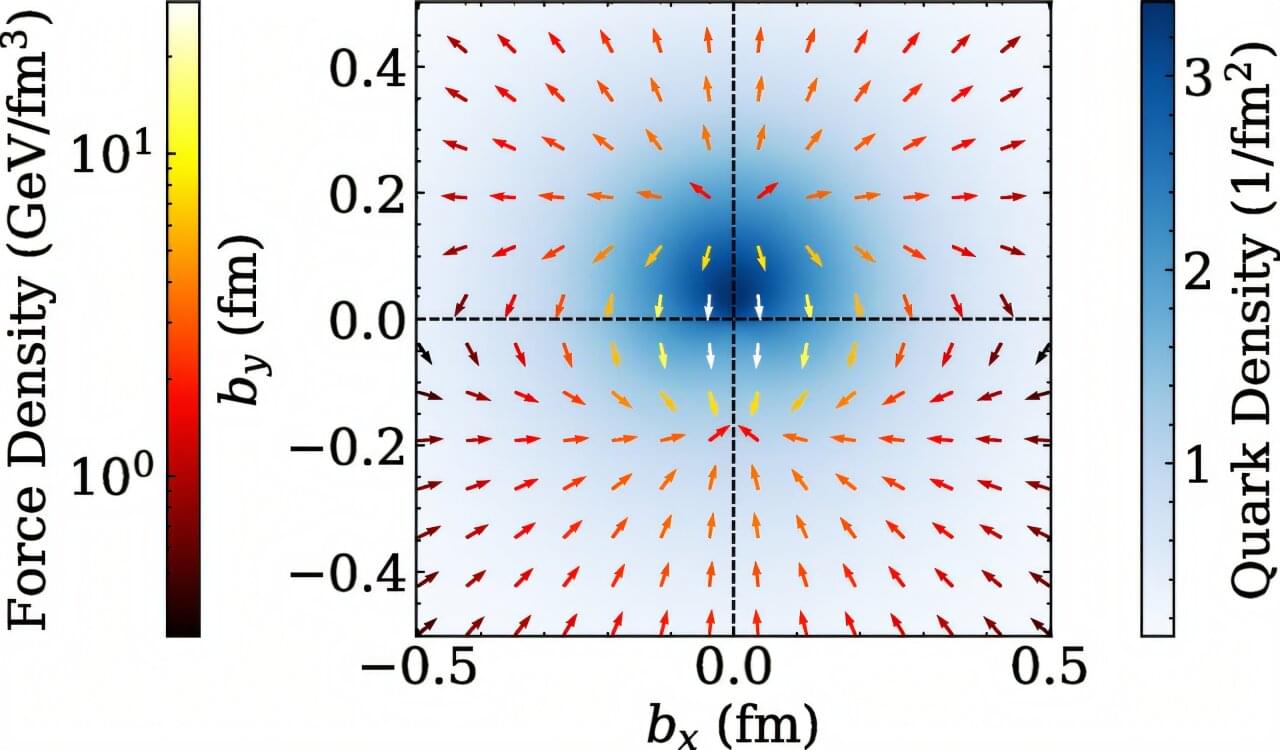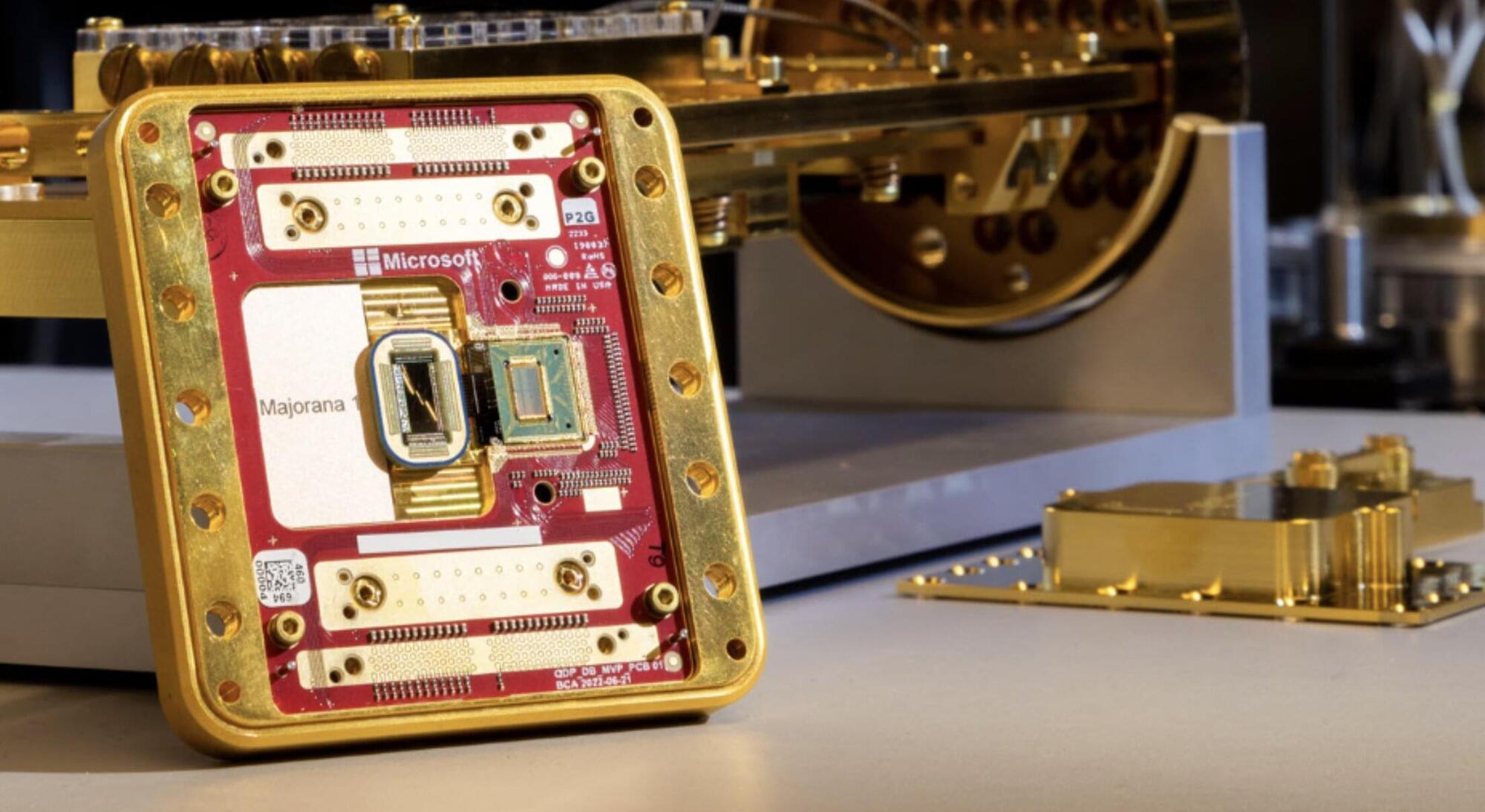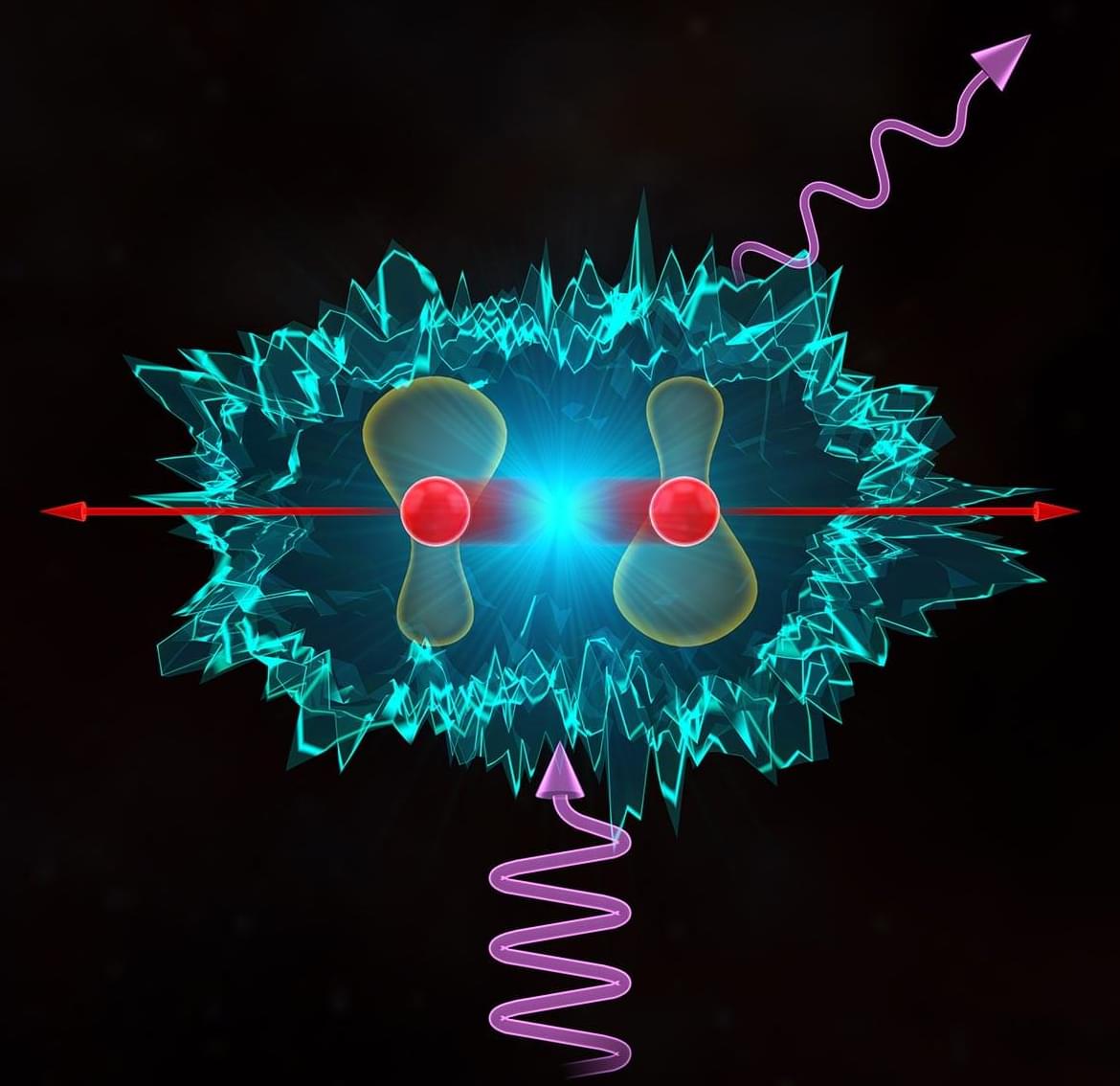Rubidium could be the next key player in oxide-ion conductors. Researchers at the Institute of Science Tokyo have discovered a rare rubidium (Rb)-containing oxide-ion conductor, Rb5BiMo4O16, with exceptionally high conductivity.
Identified through computational screening and experiments, its superior performance stems from low activation energy and structural features like large free volume and tetrahedral motion. Its stability under various conditions offers a promising direction for solid oxide fuel cells and clean energy technologies.
Oxide-ion conductors enable oxide ions (O2-) to be transported in solid oxide fuel cells (SOFCs), which can run on diverse fuels beyond hydrogen, including natural gas, and biogas, and even certain liquid hydrocarbons. This flexibility makes them particularly valuable during the transition to a hydrogen economy.






